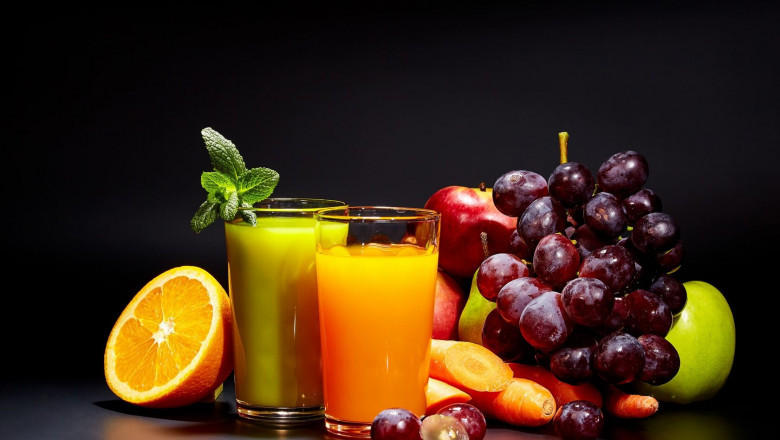views
The global fruit juice market is witnessing significant growth, driven by shifting consumer preferences toward healthy and natural beverages. As the competition intensifies, brands must deploy targeted market penetration strategies to capture larger shares of this dynamic sector. This blog outlines key strategies companies can adopt to expand their presence in the fruit juice market and achieve sustained growth.
1. Leverage Consumer Health Trends
Health consciousness among consumers has surged, fueling demand for products rich in vitamins and antioxidants. Brands should promote their offerings as wholesome alternatives to carbonated drinks, emphasizing the absence of artificial additives. The addition of functional elements like probiotics, superfoods, or immunity-boosting properties can attract health-conscious buyers.
2. Tailor Products to Local Preferences
Every region has its unique taste and flavor preferences. Adapting flavors and ingredient profiles to suit local palates increases acceptance. For instance, tropical flavors like mango, pineapple, and guava are popular in Asia, while berry-based juices are often favored in Western countries. Regional customization is crucial to appeal to local demographics effectively.
3. Enhance Packaging and Branding
Eco-friendly packaging and visually appealing designs influence buying decisions. Adopting recyclable materials and creative packaging not only aligns with sustainable practices but also strengthens the brand image. Additionally, clear labeling of nutritional benefits and calorie counts builds trust and transparency with consumers.
4. Strengthen Distribution Channels
A strong distribution network ensures market accessibility. Collaborating with supermarkets, retail chains, and e-commerce platforms increases availability. Partnering with local distributors and wholesalers also helps penetrate underserved regions. Investing in cold chain infrastructure ensures the freshness of perishable fruit juices during transportation.
5. Leverage Digital Marketing and Social Media
Digital platforms provide a cost-effective way to engage with target audiences. Influencer partnerships, interactive campaigns, and targeted ads help in boosting product visibility. Social media platforms like Instagram and TikTok are ideal for promoting fruit juice as part of a healthy, trendy lifestyle.
6. Expand Product Portfolio
Innovation drives market interest. Introducing low-sugar, organic, and plant-based fruit juices caters to evolving dietary preferences. Limited-edition seasonal flavors also create excitement and foster trial purchases. Diversifying options increases the likelihood of capturing a broader audience.
7. Competitive Pricing Strategies
Price sensitivity is a critical factor for consumers. Adopting dynamic pricing strategies and offering bundle deals, discounts, or subscriptions can improve affordability and encourage repeat purchases.
8. Participate in Industry Events and Collaborations
Trade shows, food expos, and industry forums provide opportunities to showcase products and build partnerships. Collaborations with fitness studios, health organizations, or cafes enhance brand awareness and credibility.
By embracing these strategies, fruit juice brands can establish a stronghold in the market and ensure long-term growth.






















Comments
0 comment